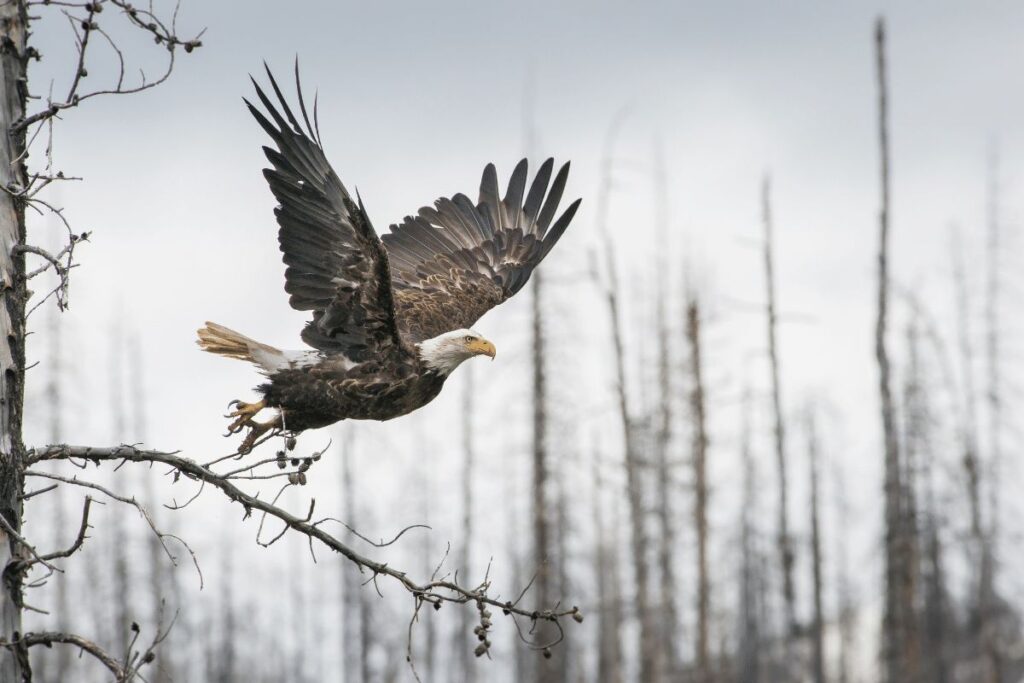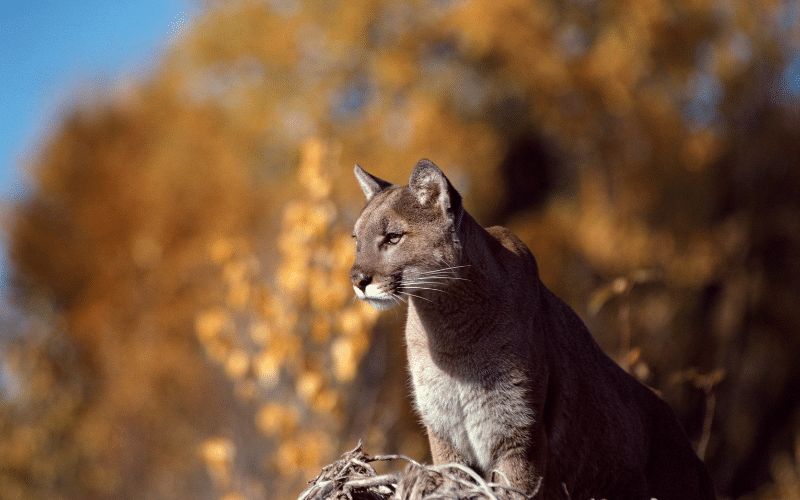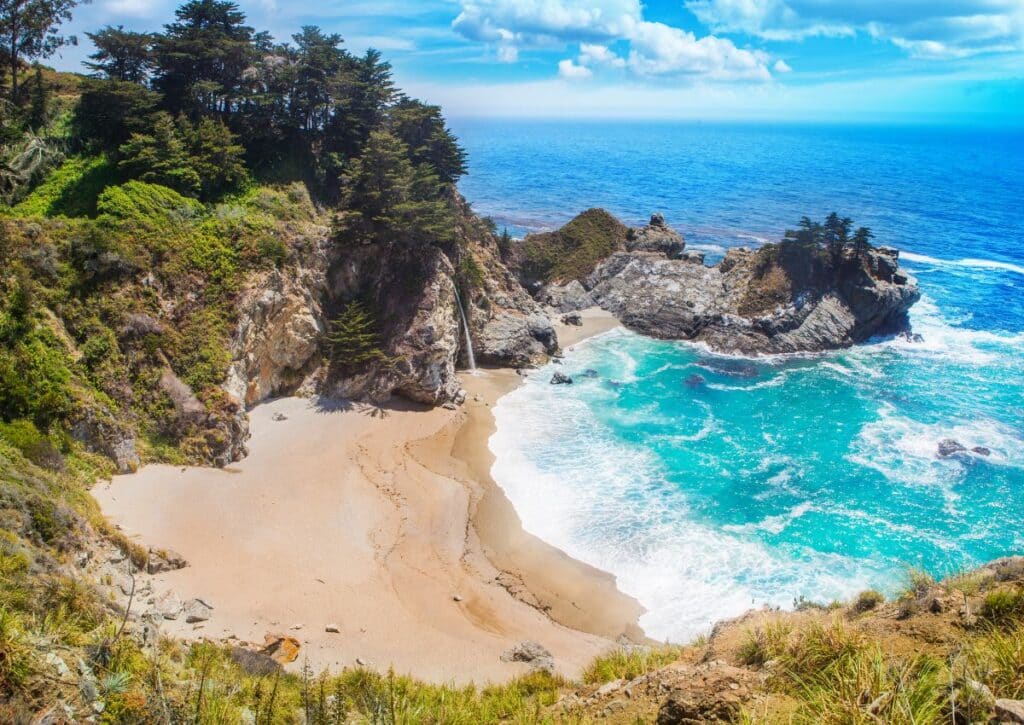Experience Wildlife Wonders Across America in February: 10 must-see creatures and where to find them!
Every year, February brings with it historic wildlife sightings across the United States. From bald eagles to bison, and even the occasional moose or grizzly bear, there’s something amazing to be seen.
So if you’re planning a trip next month and are looking for some outdoor adventuring and exciting wildlife-spotting opportunities, then look no further!
No matter if you’re in the North or South, East or West, there are plenty of opportunities to get up close and personal with some of America’s most majestic and unique wildlife species.
From the majestic elk in California to the playful river otters of Florida, February is a great time to start searching for some wild animals. Keep your eyes peeled for dolphins off the coast of Washington State and be sure not to miss out on the opportunity to spot bighorn sheep in Arizona!
We’ve compiled a list of 10 Crazy Wildlife Sightings that you can expect from America in February every year. Read on to learn more about these incredible animals and find out where you can spot them around the country.
Bald Eagles – Olympic National Park in Washington
Native to North America, the bald eagle is one of the world’s most impressive and well-known bird species. With its massive size, striking plumage, and powerful wingspan, it’s no wonder that this regal bird has come to symbolize strength and freedom in the United States.
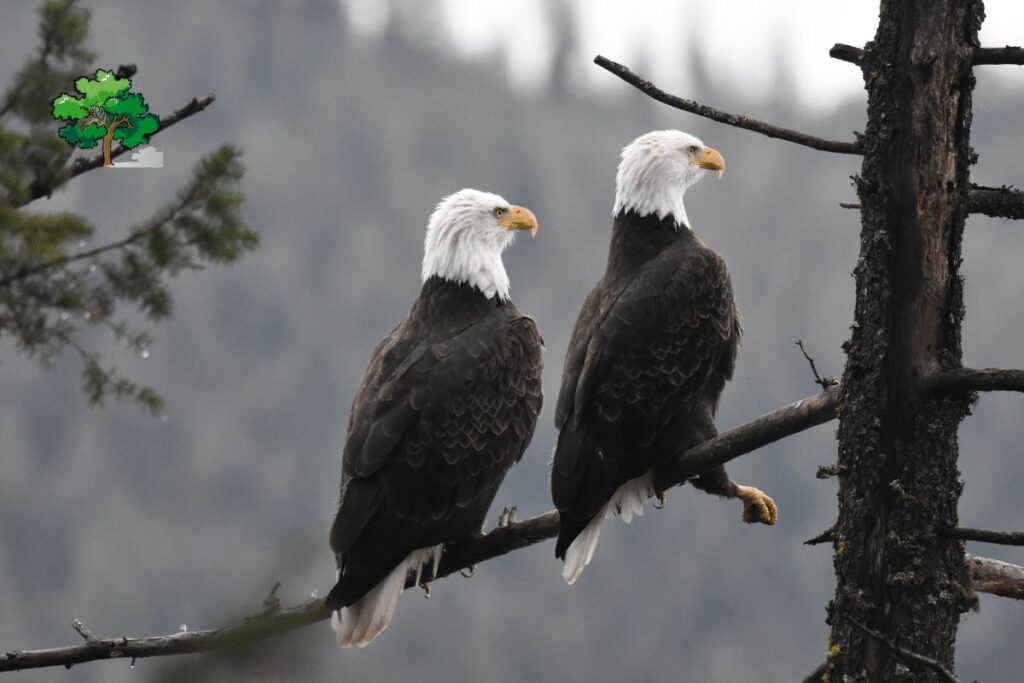
While bald eagles can be found throughout the contiguous United States and Canada, they are particularly abundant in Olympic National Park in Washington state. Every year, thousands of visitors come to see these magnificent birds in their natural habitat.
There are a few things that make Olympic National Park an ideal habitat for bald eagles. First of all, the park is home to many large rivers and lakes, which provide a plentiful food source for these predators. The area also has a relatively mild climate, which helps the eagles survive the winter months.
If you’re lucky enough to spot a bald eagle in Olympic National Park (or anywhere else), keep your distance and enjoy this incredible animal from afar.
White weasels (Ermine) in Denali National Park
Ermine, or white weasels, are a common sight in Denali National Park in February. These small predators are easily recognized by their long, slender bodies and short legs. They’re also known for their ability to turn white in winter, making them difficult to spot in the snow.
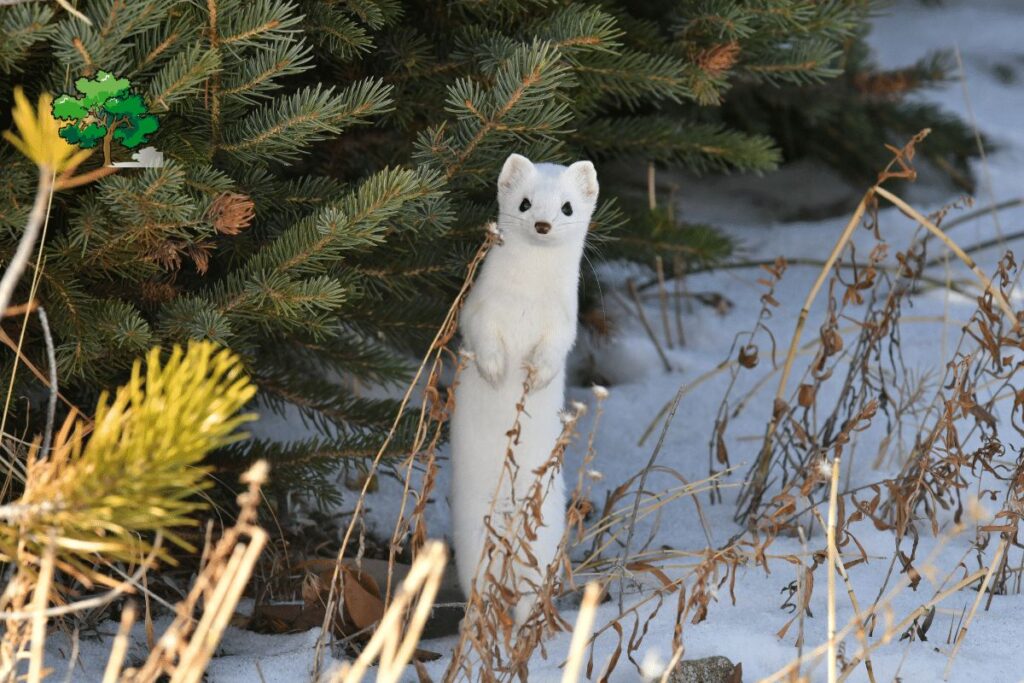
While they may be cute, ermines are fierce predators. They typically hunt alone and use their sharp claws and teeth to kill small mammals like mice and voles. They will also eat birds, eggs, insects, and carrion. In fact, almost anything that moves is fair game for an ermine!
If you’re lucky enough to spot one of these little hunters in Denali, be sure to keep your distance. Although they are not known to be aggressive towards humans, they can be quite territorial.
Humpback Whales in Cape Cod National Seashore in Massachusetts
There are few places in the world where you can see humpback whales as close to shore as you can in Cape Cod National Seashore in Massachusetts. These magnificent creatures migrate to the waters off Cape Cod every year from late October to early April, and they can often be seen from the shoreline or on whale-watching boat tours.
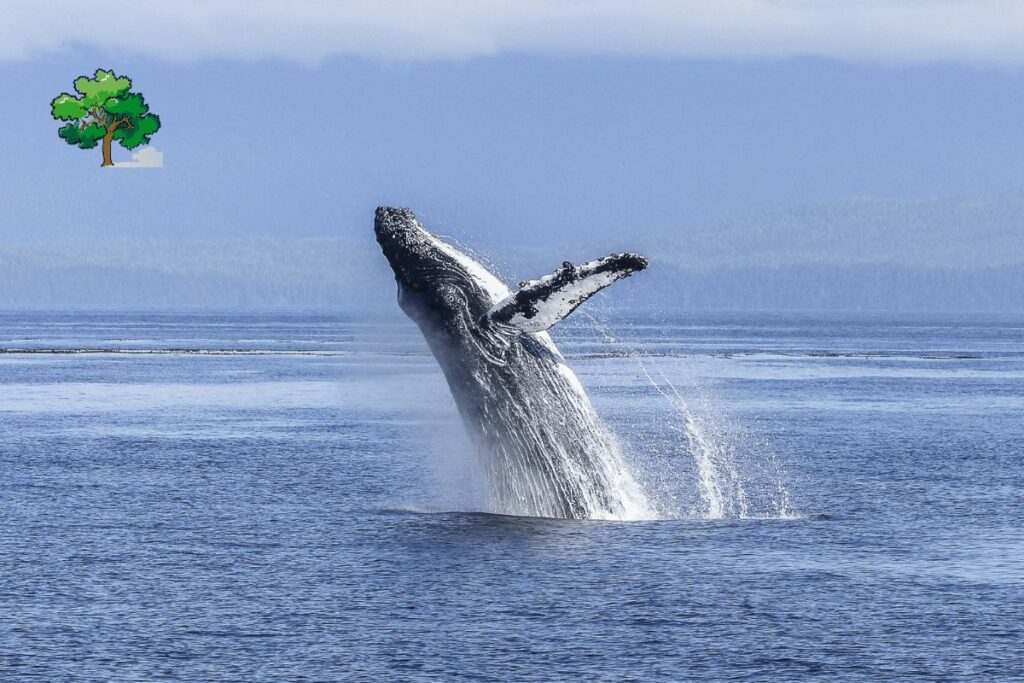
During their time in Cape Cod National Seashore, humpback whales feed on small fish and crustaceans. They use their large tails (up to 16 feet long!) to slap the water, create a loud noise, and stun their prey. They also cooperate with other humpbacks in feeding groups, using their tails to corral fish into tight groups so they can more easily feast.
While most humpback whale sightings occur from November to March, the peak season for whale watching is typically mid-January through mid-March. This is when the largest number of whales are present in the area and when they are most active. During this time of year, there may be as many as 50 humpback whales feeding off the coast of Cape Cod!
Snowy Owls in Acadia National Park, Maine
Sure, you can find snowy owls in the Arctic. But did you know that every winter, these magnificent birds also make an appearance in Acadia National Park in Maine? It’s true! And it’s one of the most incredible wildlife sightings you can experience in America.
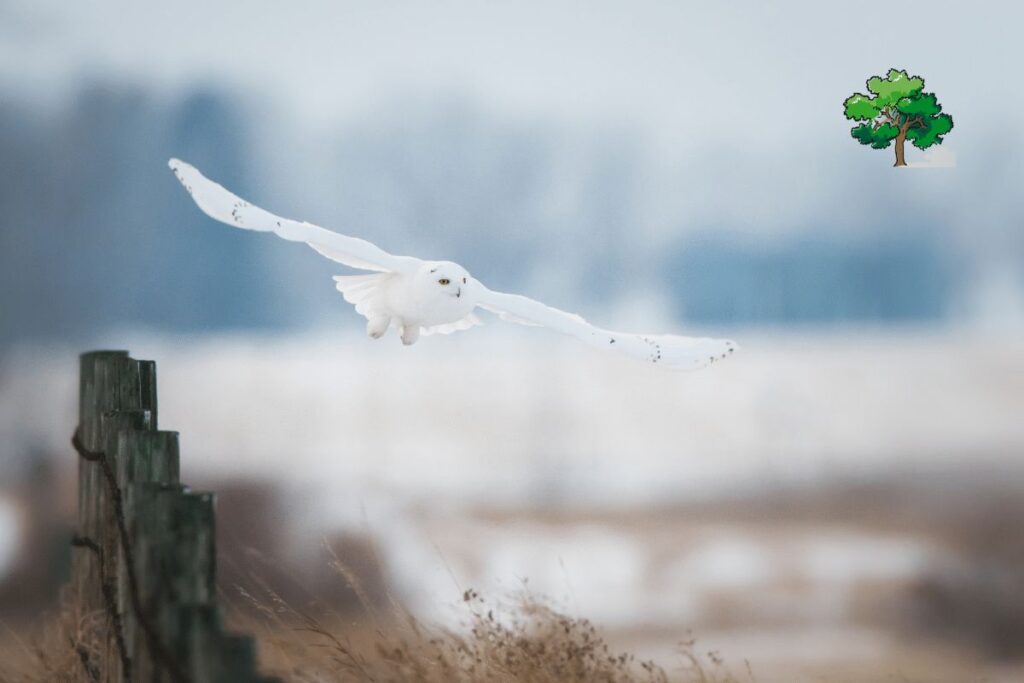
There’s something truly magical about seeing a snowy owl in its natural habitat. And what better place to see them than Acadia National Park, one of the most beautiful places in the country? Every year, hundreds of people flock to the park to catch a glimpse of these amazing creatures.
If you’re lucky enough to see a snowy owl while you’re in Acadia National Park, be sure to take some pictures! It’s an experience you’ll always remember.
American Bison in Yellowstone National Park
During the winter months, Yellowstone National Park is home to some of America’s most iconic wildlife. American bison are a common sight in the park, and they have often seen grazing on snow-covered grasses. These massive animals can weigh up to 2,000 pounds, and they are keystone species in the park’s ecosystem.
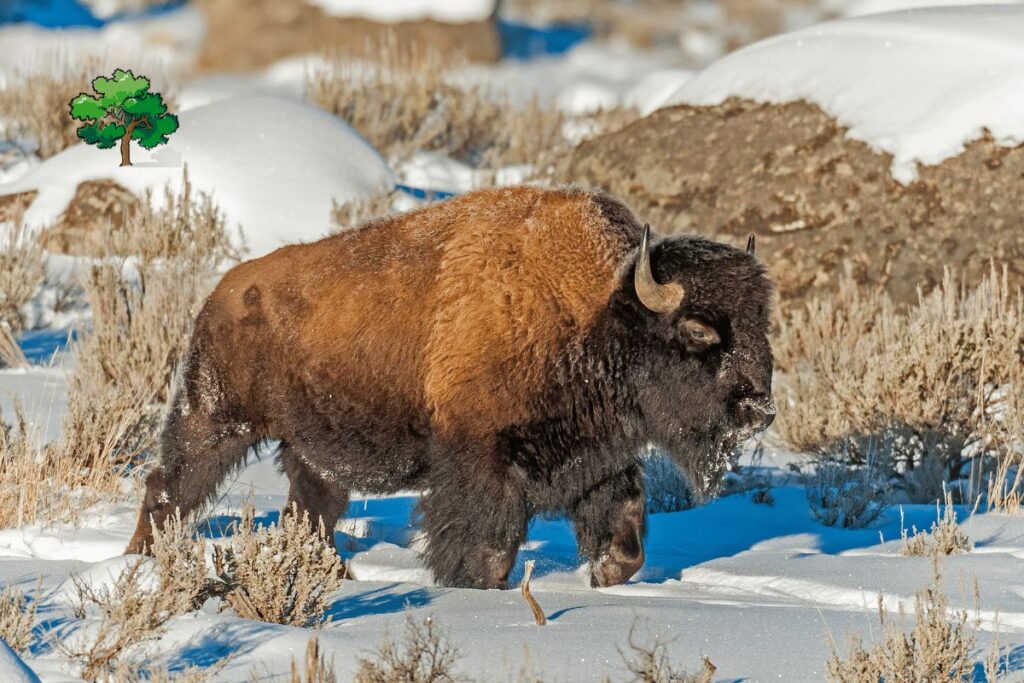
Bison are known for their shaggy coats of fur, which help them to stay warm in cold weather. Visitors to Yellowstone can often see bison herds roaming through the park, and they may even get the chance to see a bison up close.
Bison are an essential part of the park’s biodiversity, and they play an important role in the local food chain. They graze on grasses, herbs, and other plants, and their grazing helps to stimulate plant growth. Bison also provide a nutrient-rich source of food for other animals in the park such as wolves and grizzly bears.
The bison population in Yellowstone has been steadily increasing since the early 1980s. In 2020, there were estimated to be over 5,000 bison living in the park. Conservation efforts have been key to the bison’s growth in population size, and park rangers continue to monitor the herds closely.
Rocky Mountain Elk in Lincoln National Forest
February is the time of year when many animals in North America are starting to mate. This means that there are lots of crazy wildlife sightings to be had! Here are some of the best places to see some wild action this month:
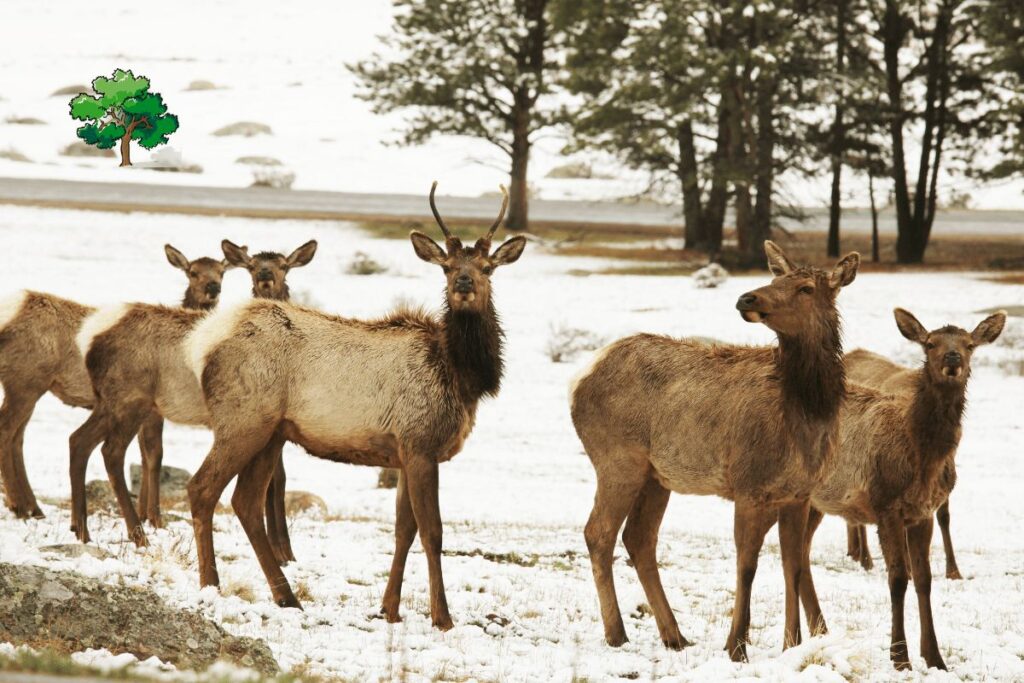
Lincoln National Forest in New Mexico is a great place to see Rocky Mountain elk. These huge animals can weigh up to 700 pounds, and they are often seen during the winter months in Lincoln National Forest. If you’re lucky enough to spot one of these majestic creatures, you’re sure to have a memorable experience.
Yellowstone National Park is another great place to see some incredible wildlife. February is the perfect time to catch a glimpse of bison, elk, and pronghorn antelope. You might even spot a wolf or two!
If you’re looking for something a little more exotic, head to Florida’s Everglades National Park. This unique ecosystem is home to alligators, crocodiles, and turtles. You might even spot an American alligator sunning itself on a sunny day.
No matter where you go in North America, you’re sure to see some amazing wildlife this month!
White-tailed Deer in Shenandoah National Park
If you happen to be driving through Shenandoah National Park in February, keep your eyes peeled for white-tailed deer. These deer are typically shy and reclusive, but during the winter months, they are often forced to seek out new sources of food. This can lead them to venture into areas where they are not normally seen. So, if you’re lucky, you might just get a glimpse of one of these beautiful creatures!
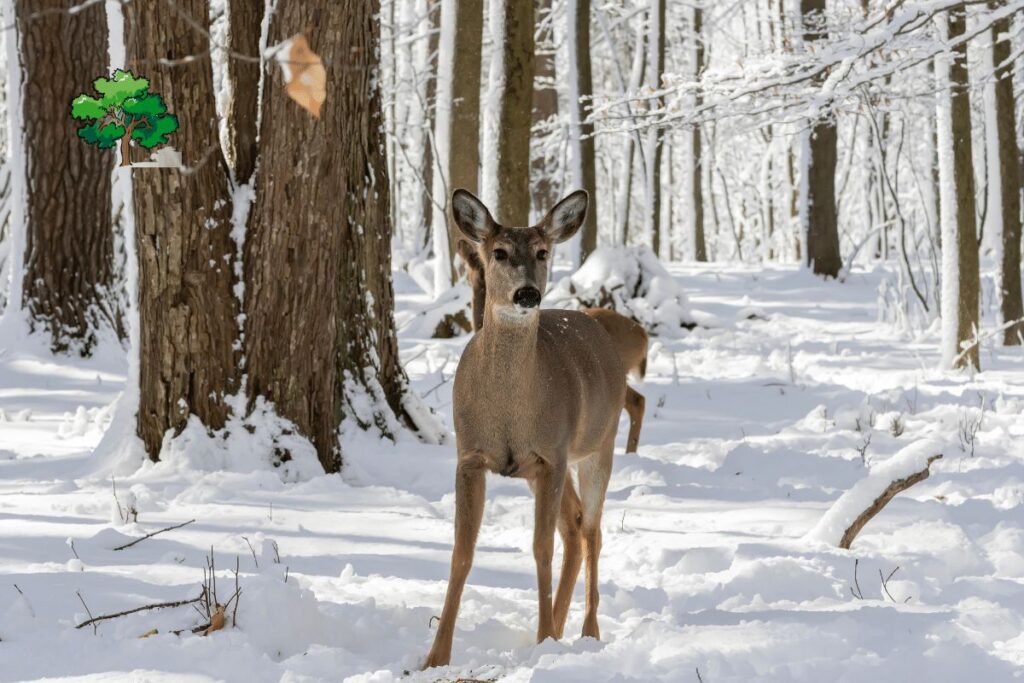
White-tailed deer are an important part of the park’s ecosystem and play an essential role in maintaining balance. They help keep the vegetation levels in check and even disperse seeds that are necessary for new growth. Their presence also benefits other species, such as songbirds, by providing cover from predators and food sources.
If you’re looking to get a closer view of these majestic animals, try exploring trails on foot or bike. Be sure to stay alert and respect their space so you don’t spook them away!
Wild Turkeys in Great Smoky Mountains National Park
Wild Turkeys in the Great Smoky Mountains National Park: Every year, wild turkeys congregate in the Great Smoky Mountains National Park to mate. The males strut their stuff and gobble to attract mates, and it’s quite a sight to behold!
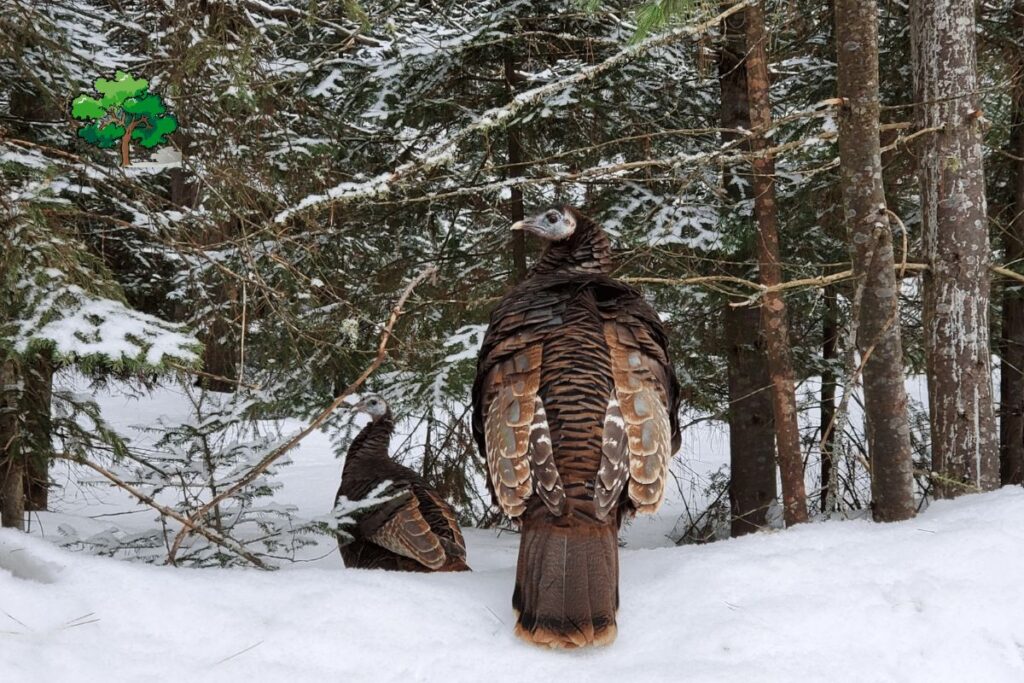
The wild turkey population in the park is strong, thanks to successful management practices. The National Park Service has implemented programs that control predators and create safe areas for turkeys to nest. They’ve also created feeding stations throughout the park, which provide an additional food source for the birds.
If you’re looking to spot a wild turkey in the park, keep your eyes open around creeks, rivers, and meadows. These are some of their favorite spots to look for food and hang out with other turkeys. As always, remember to keep a respectful distance from wildlife in the park!
Pronghorn Antelope in Grand Teton National Park
Pronghorn Antelope in Grand Teton National Park are a common sight in February. These majestic animals can be seen grazing on the grasses and shrubs of the park. They are a beautiful sight to behold and are an important part of the ecosystem of the park.
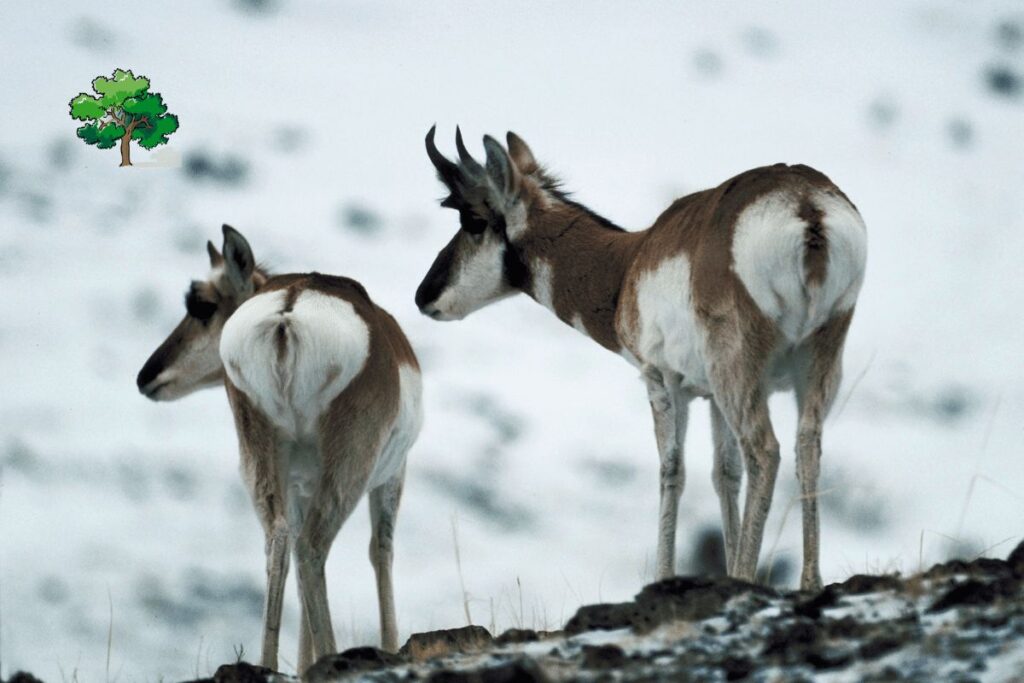
Pronghorn Antelope is the fastest land animal in North America. They can reach speeds of up to 55 miles per hour, making them well-adapted to running from predators. Pronghorn are most active during the early morning and late afternoon hours when they graze in open meadows. During the winter months, they feed on dried grasses and shrubs.
The best time to observe Pronghorn Antelope in Grand Teton National Park is during the months of February through April. This is when they are most active and there are many opportunities for visitors to watch their graceful movements as they roam across the park’s expansive landscapes.
River Otters in Great Smoky Mountains National Park
In February, Great Smoky Mountains National Park is a great place to see river otters! These playful creatures can often be seen frolicking in the rivers and streams of the park. They are a joy to watch and are sure to bring a smile to your face.
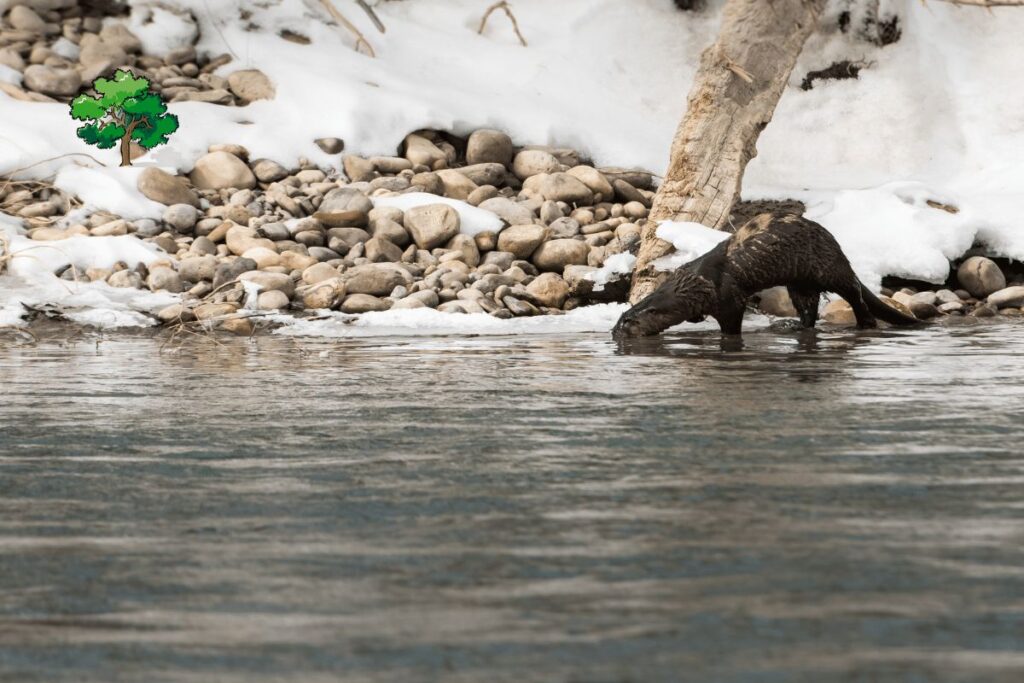
River otters are generally found in the park’s larger rivers, such as the Little River, Oconaluftee River, and Cataloochee Creek. They can also be seen playing on the shorelines of Fontana Lake and Douglas Lake.
If you’re lucky, you may even catch a glimpse of these animals swimming in Fontana Lake or along the banks of the Little Pigeon River. In addition to sightings in water, river otters can often be spotted basking in the sun near streambanks or resting among rocks along riversides.
River otters are known for their playful behavior and love to interact with each other—so be sure to keep an eye out when visiting Great Smoky Mountains National Park!
Conclusion
February may be the shortest month of the year, but it certainly isn’t short on wildlife sightings! From bald eagles in Alaska to alligators in Florida, America has plenty of fascinating animals that you can see during this season.
Whether you’re a professional photographer or a casual observer, there’s something for everyone to enjoy when it comes to these incredible creatures. Make sure you don’t miss out and take advantage of the amazing sights February has to offer.

